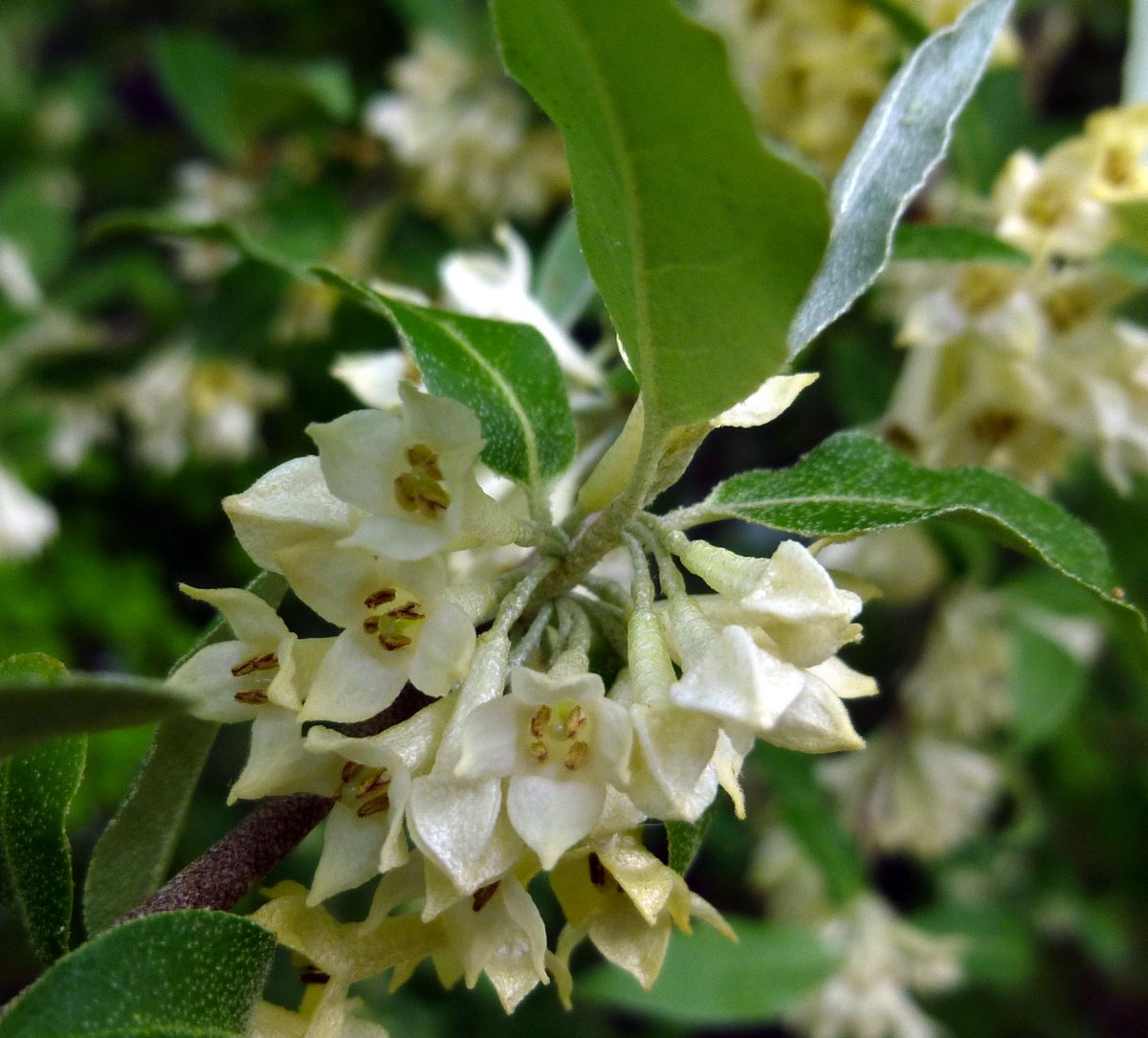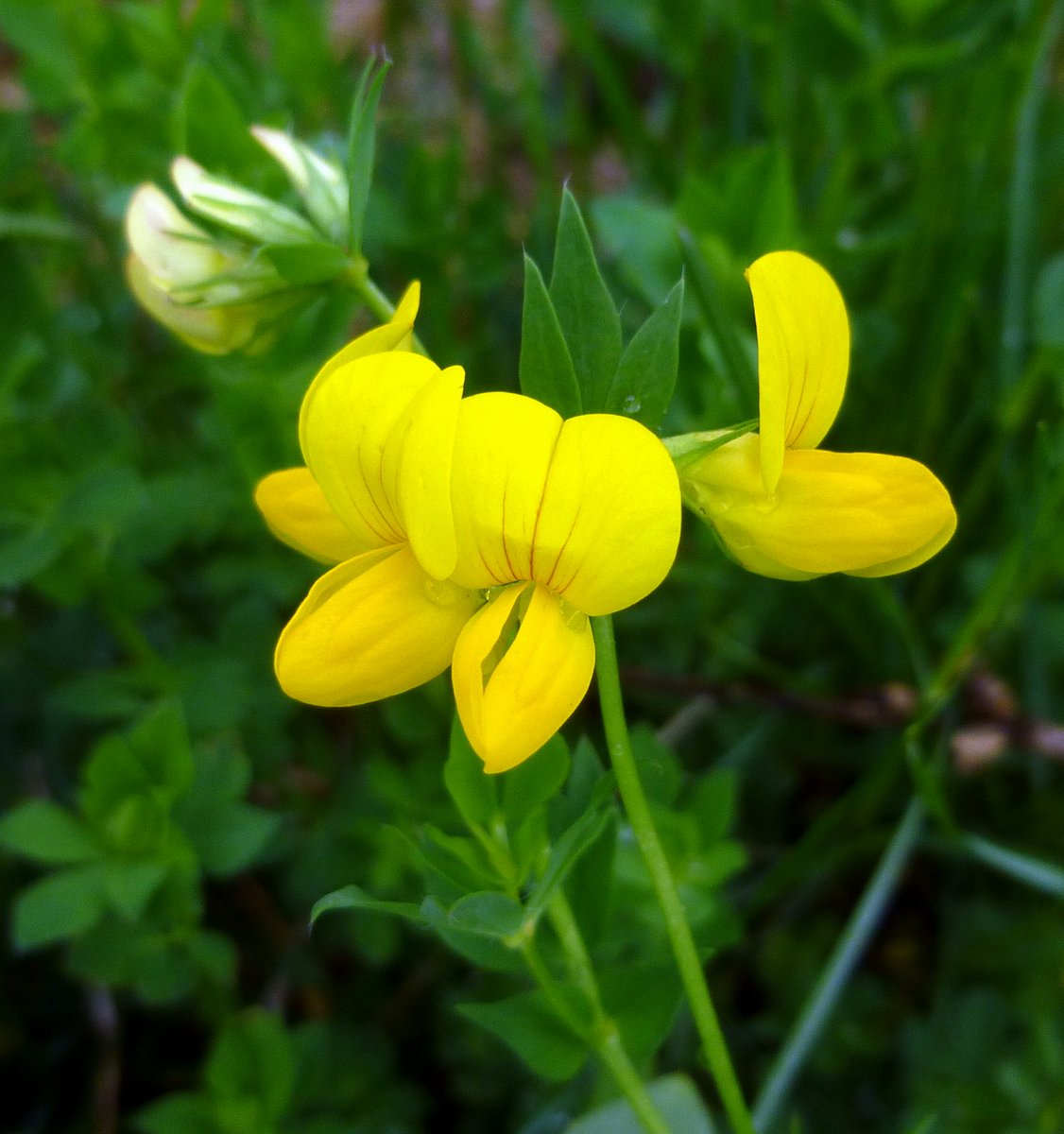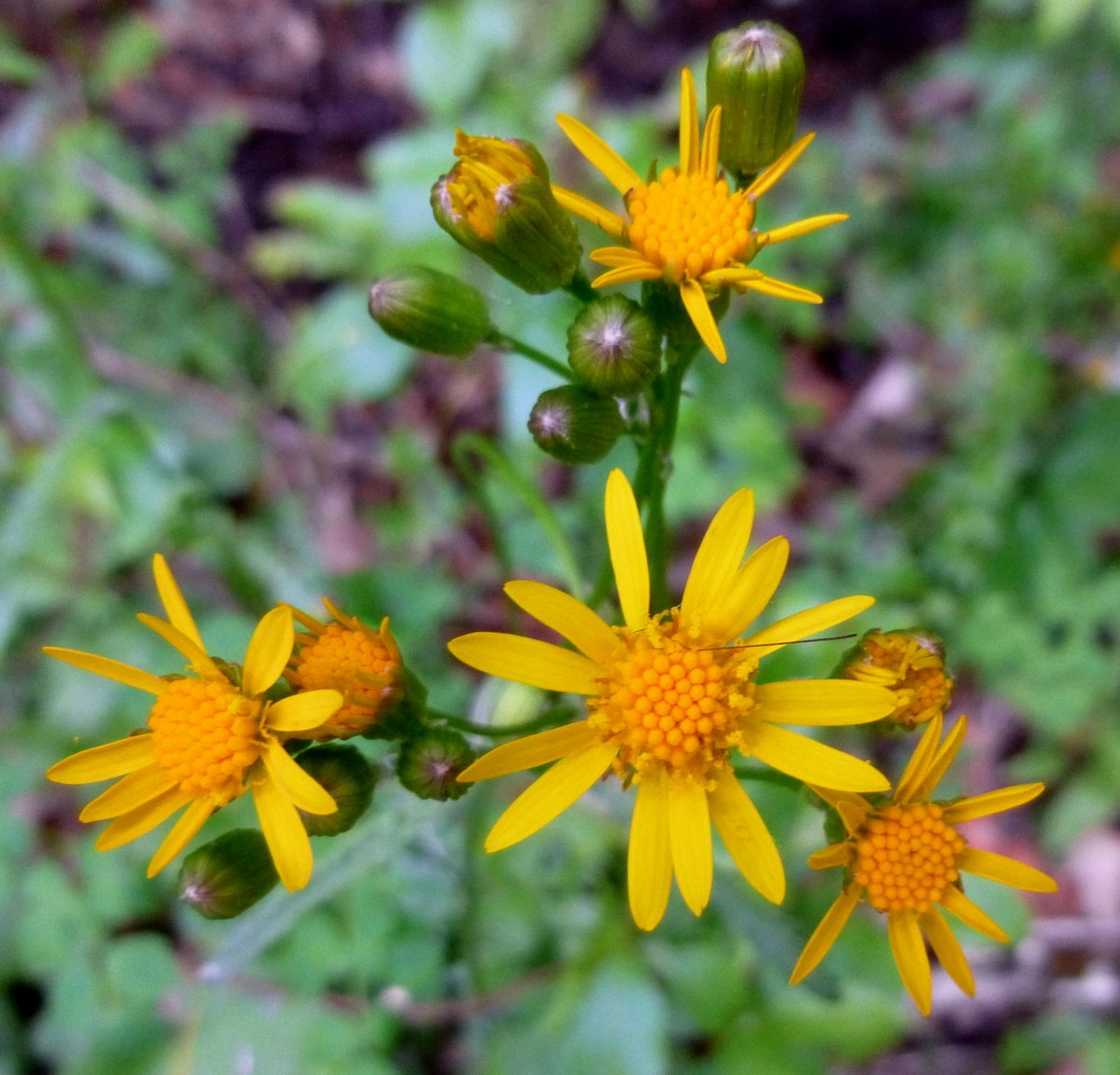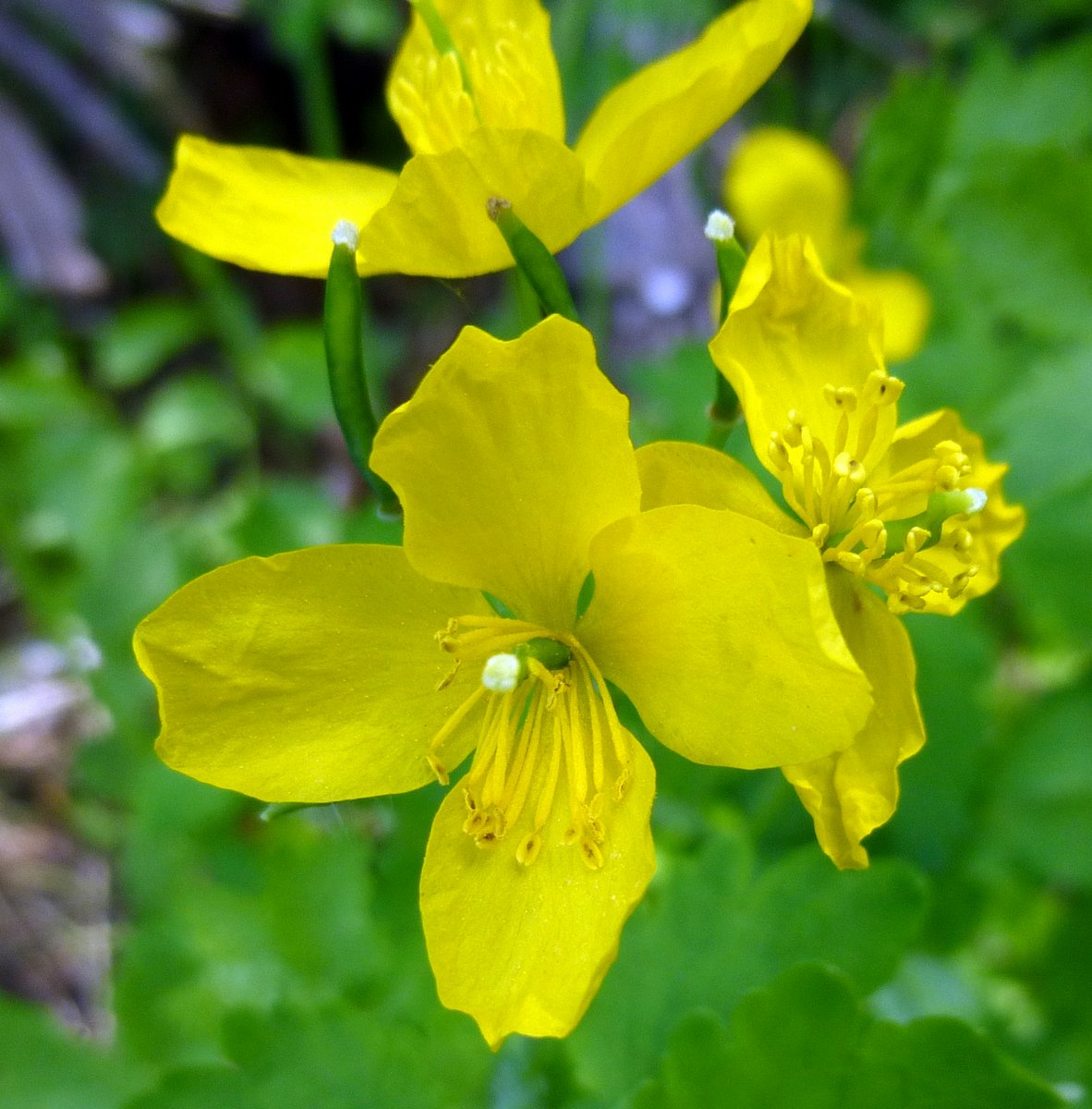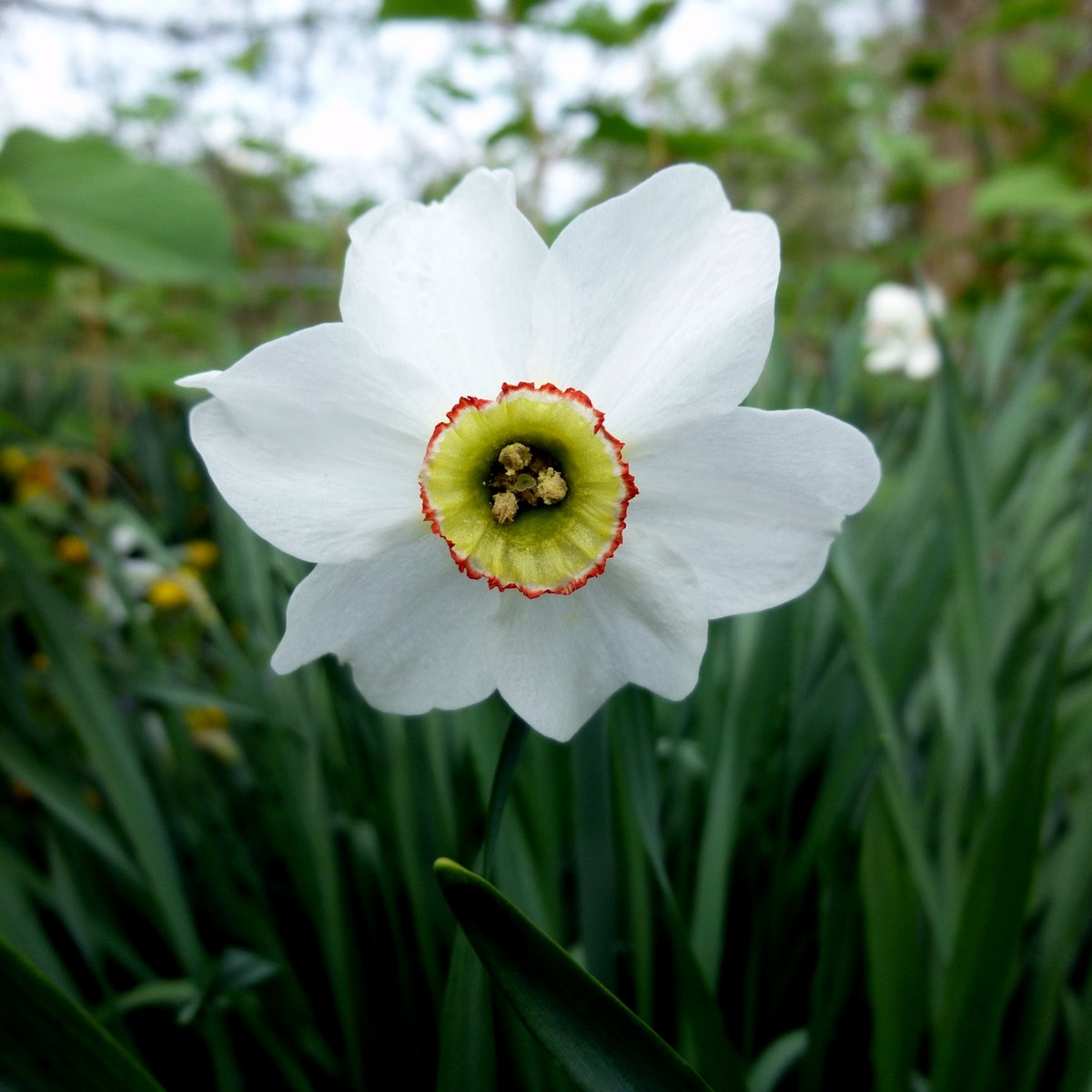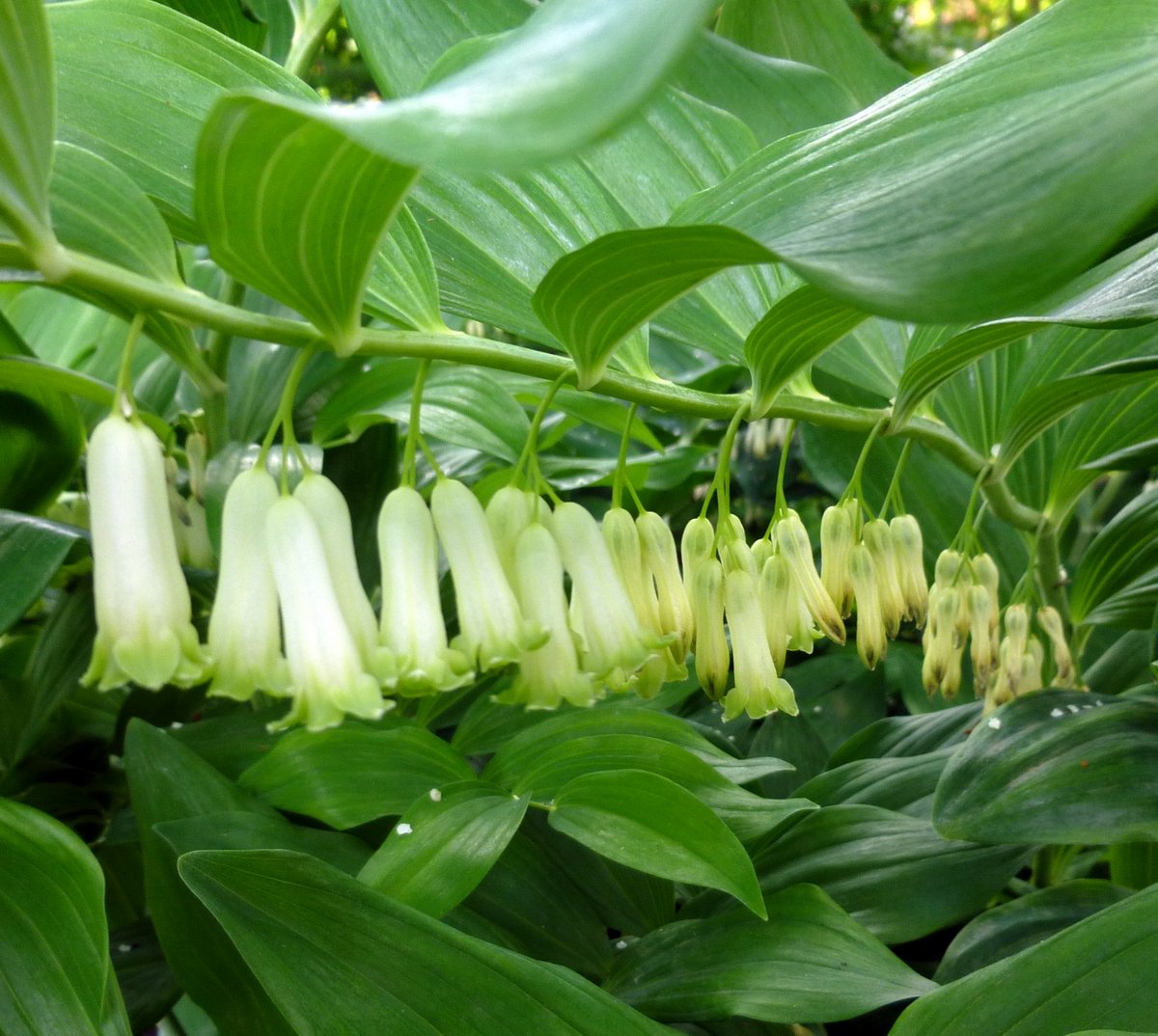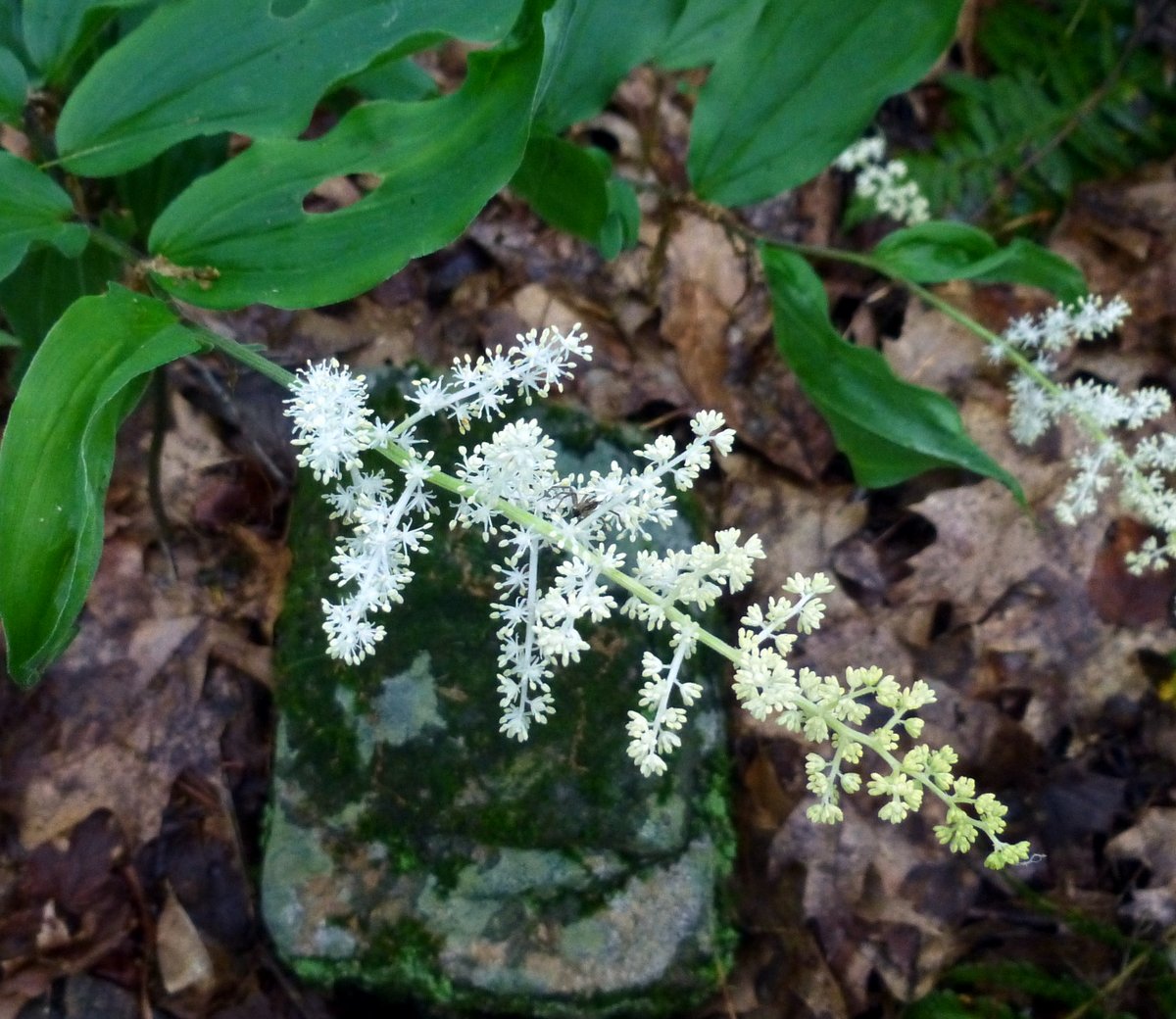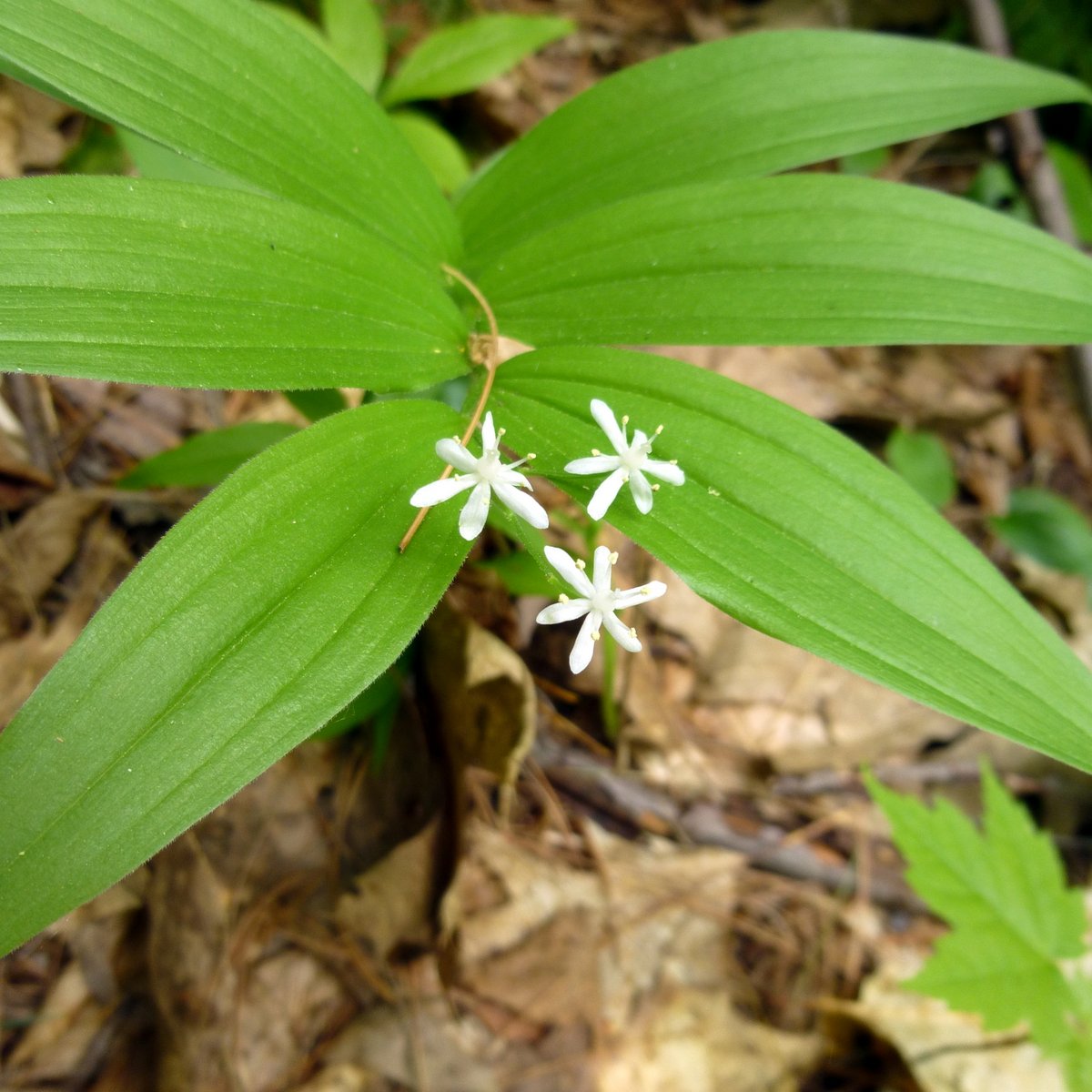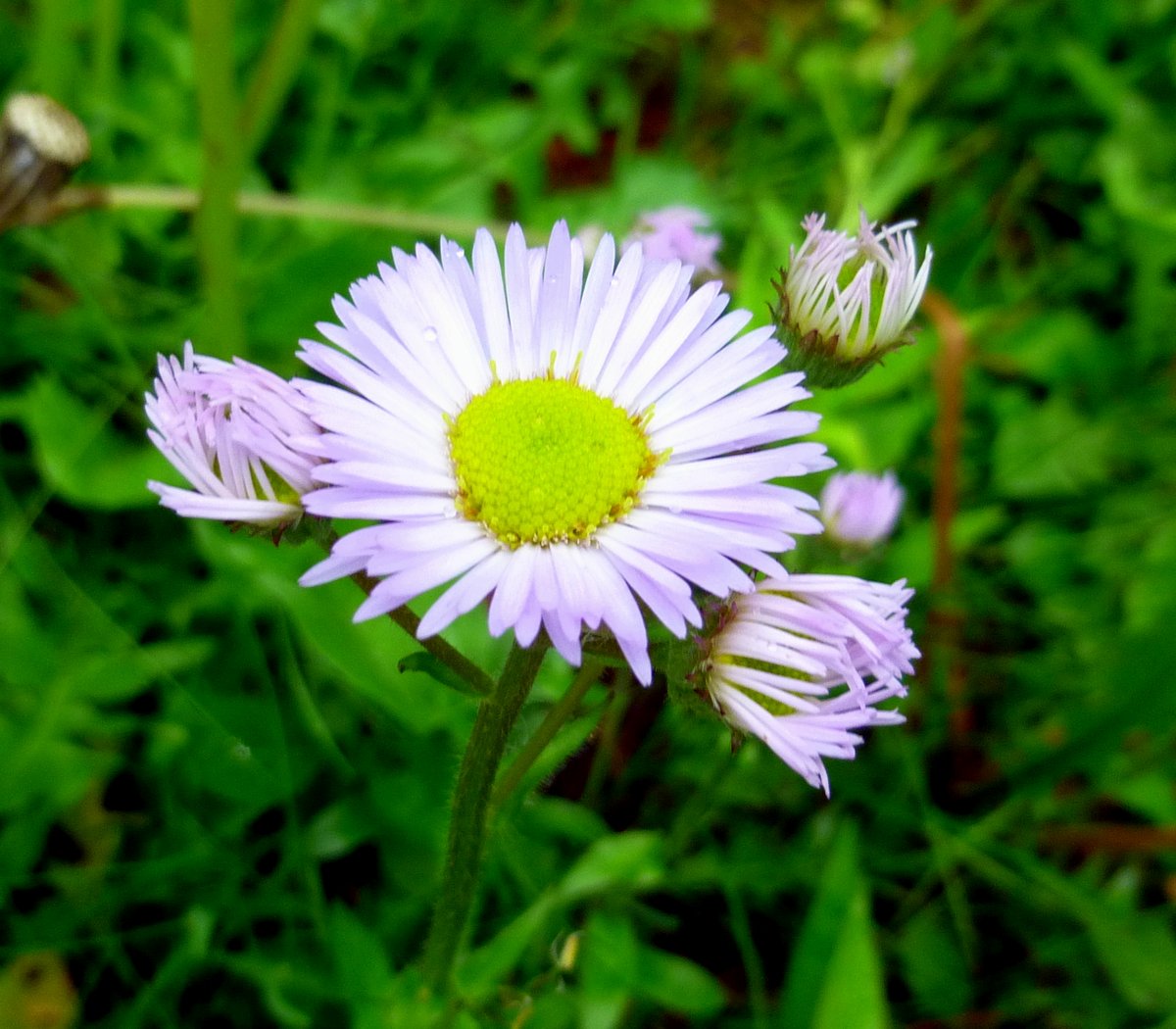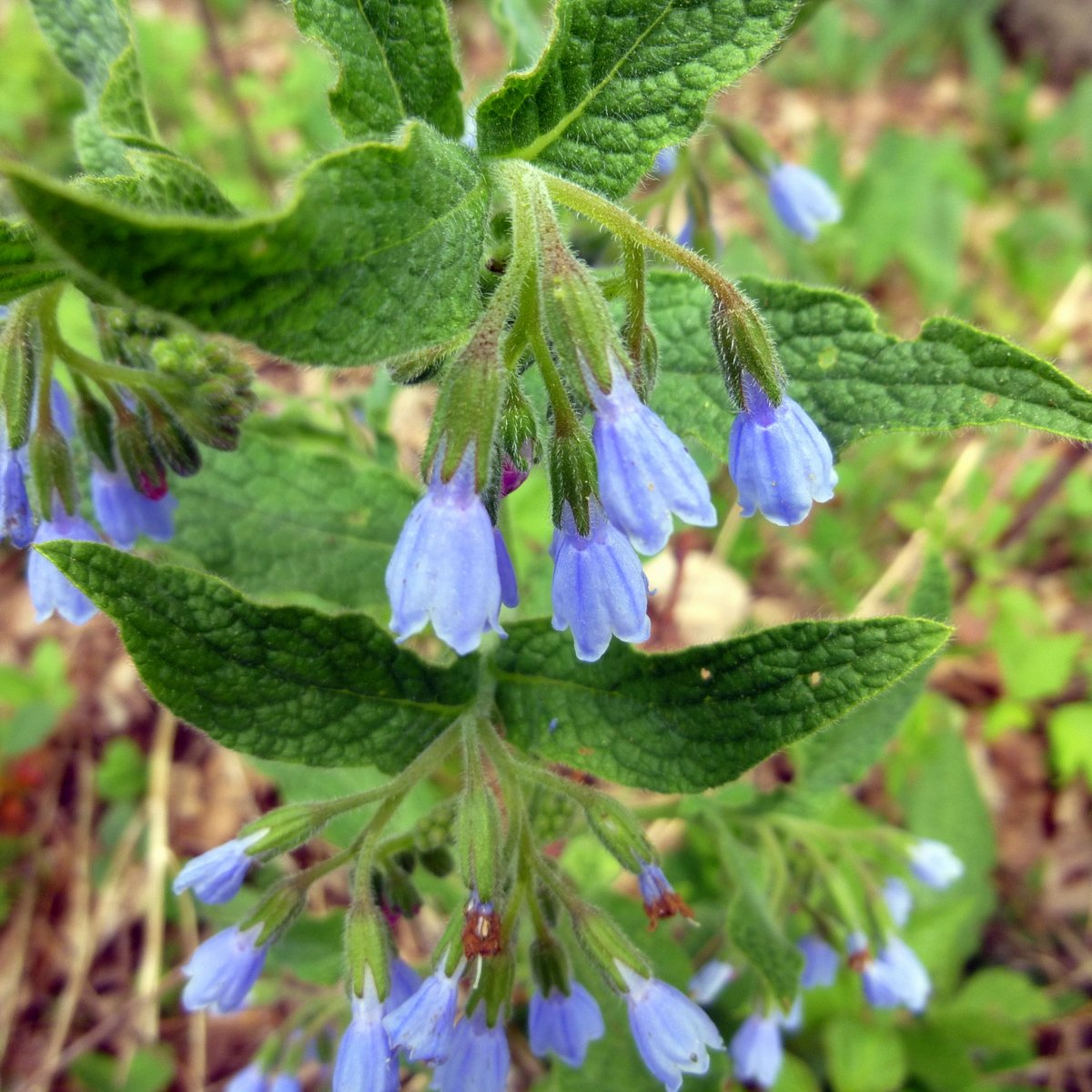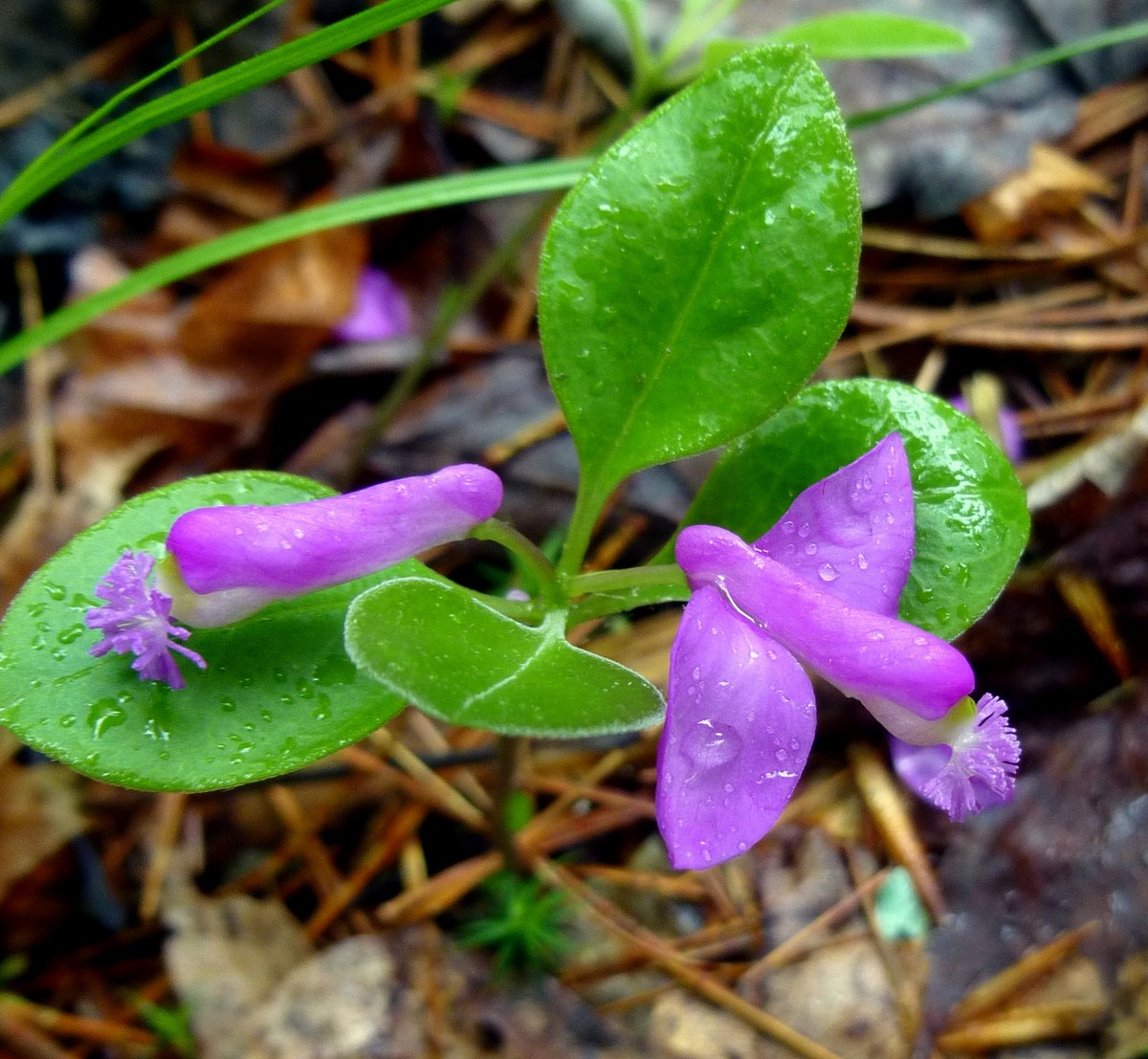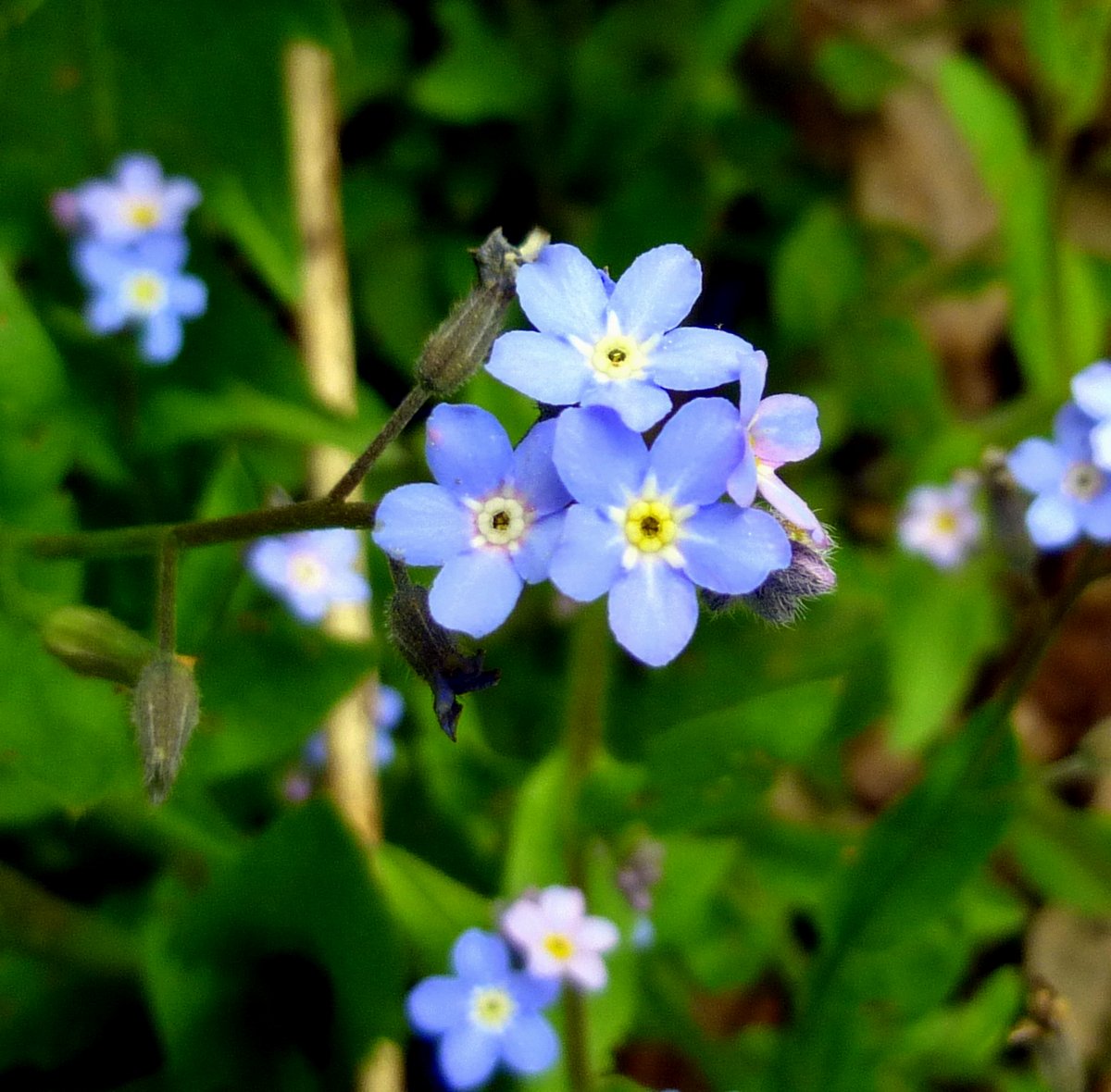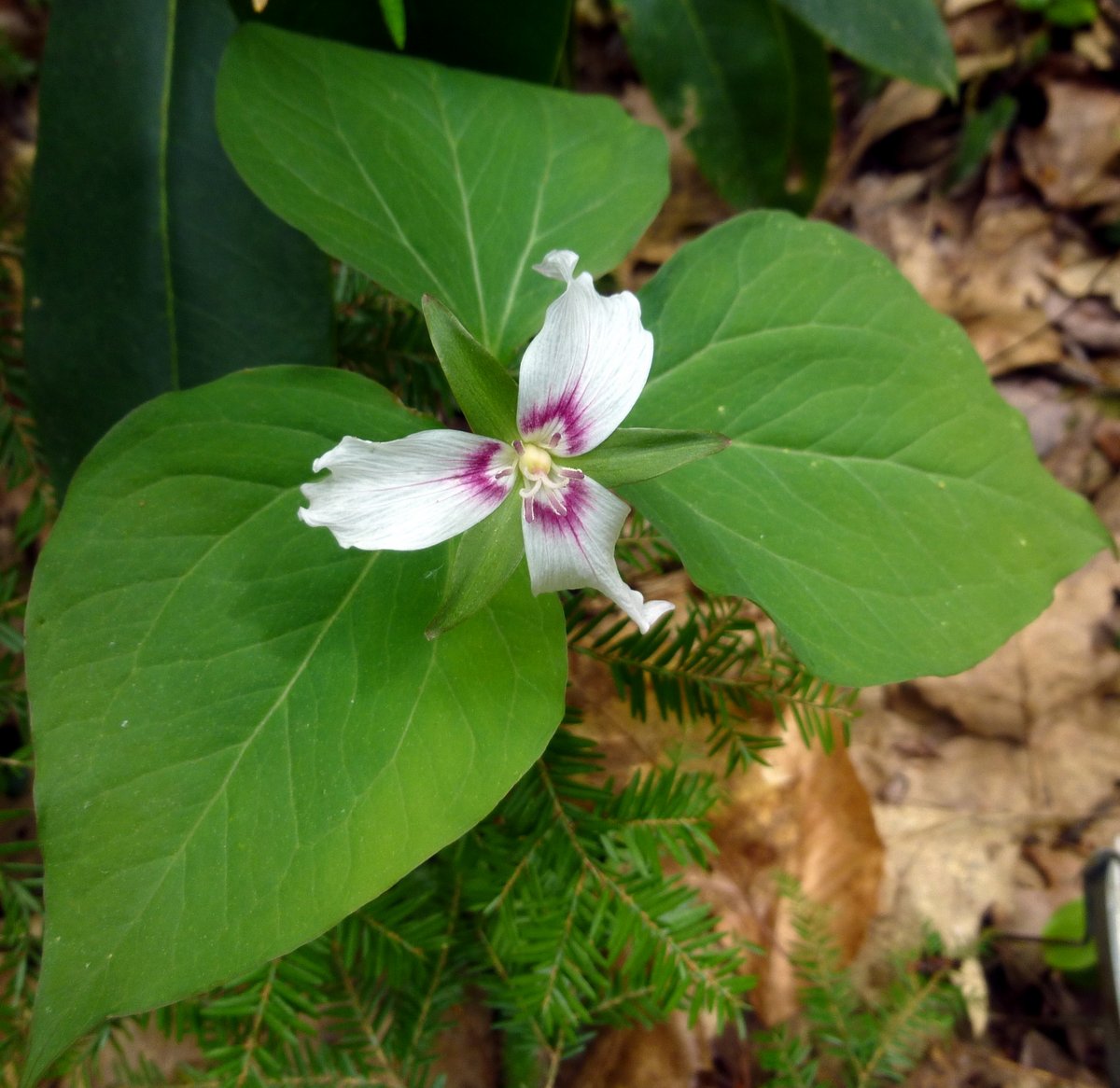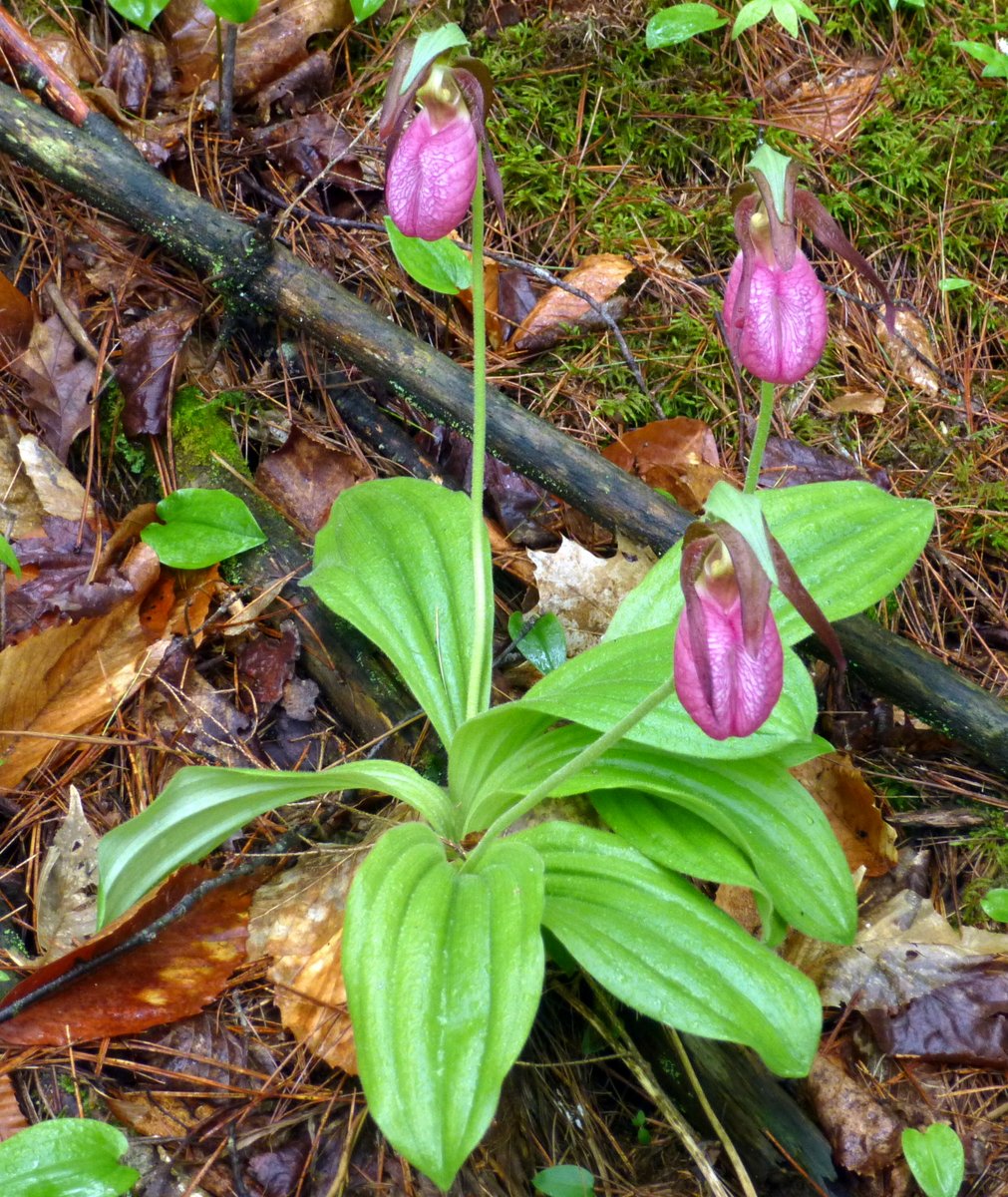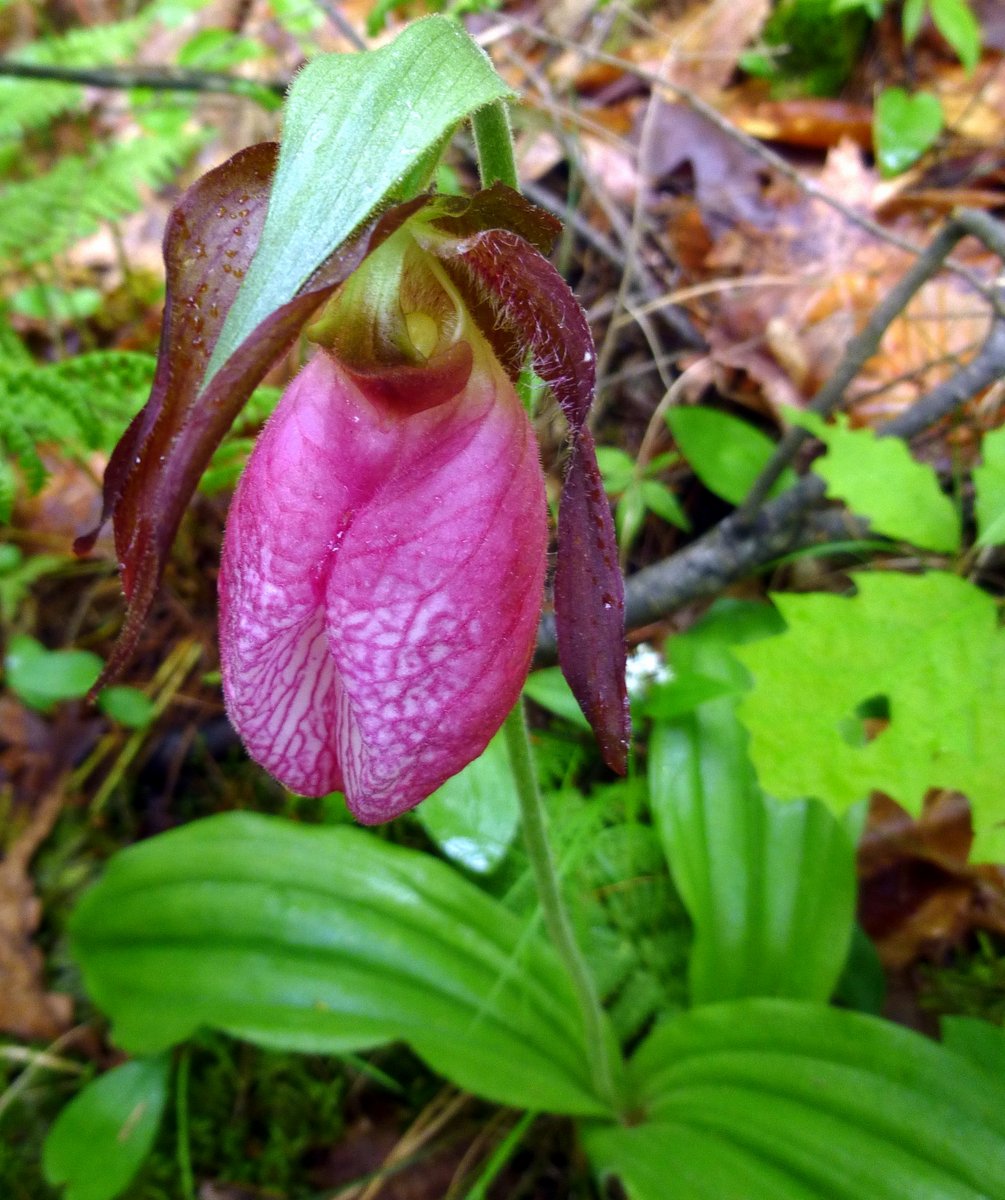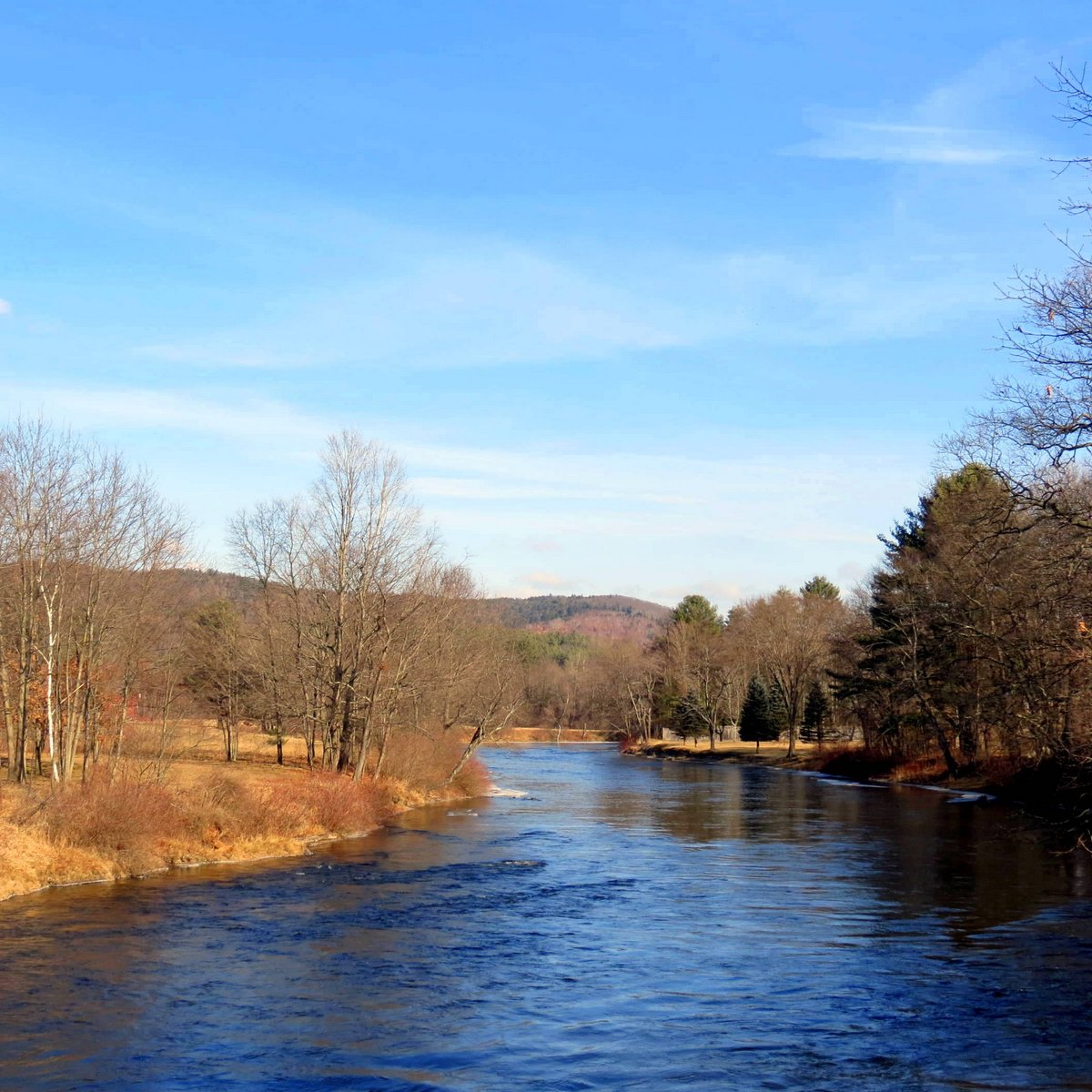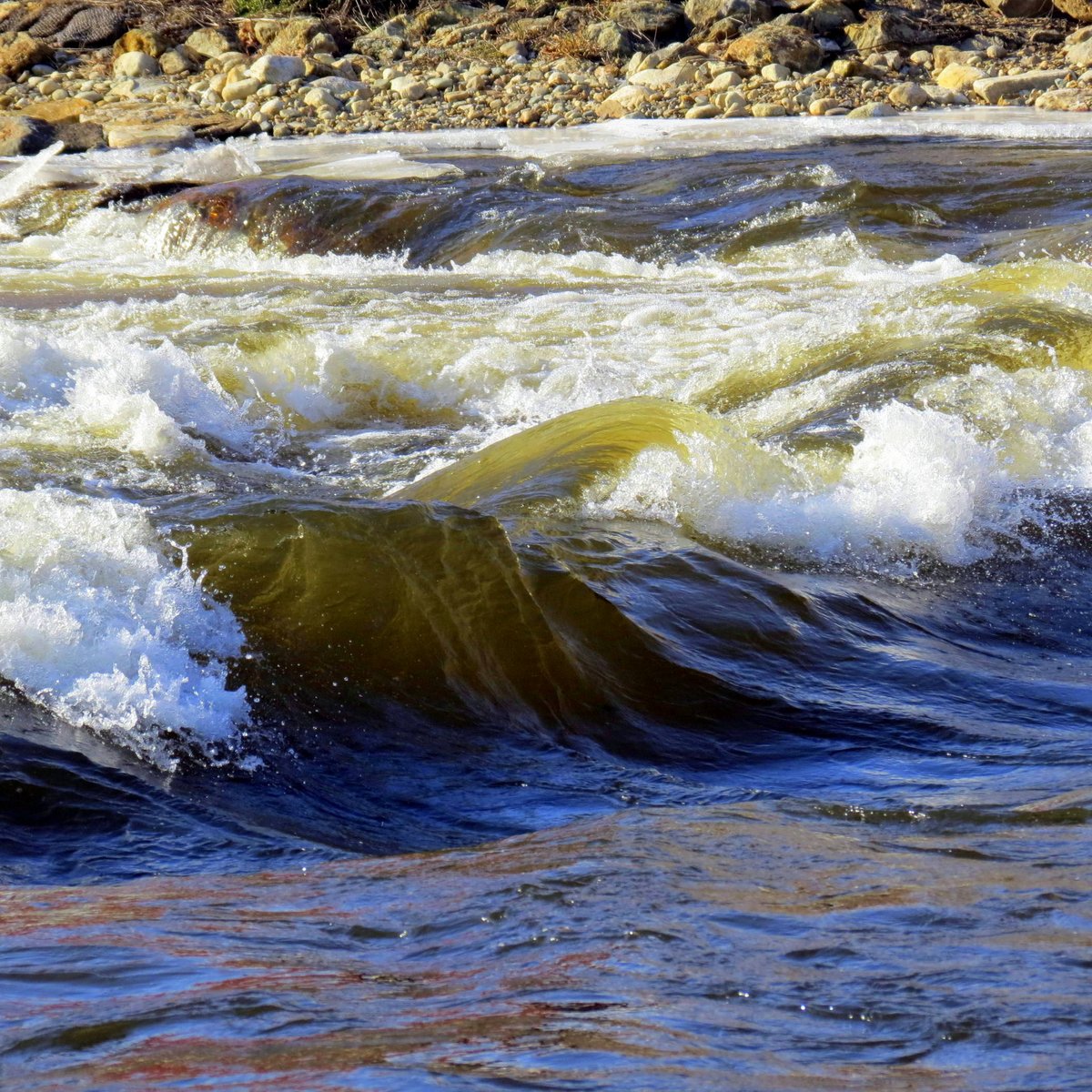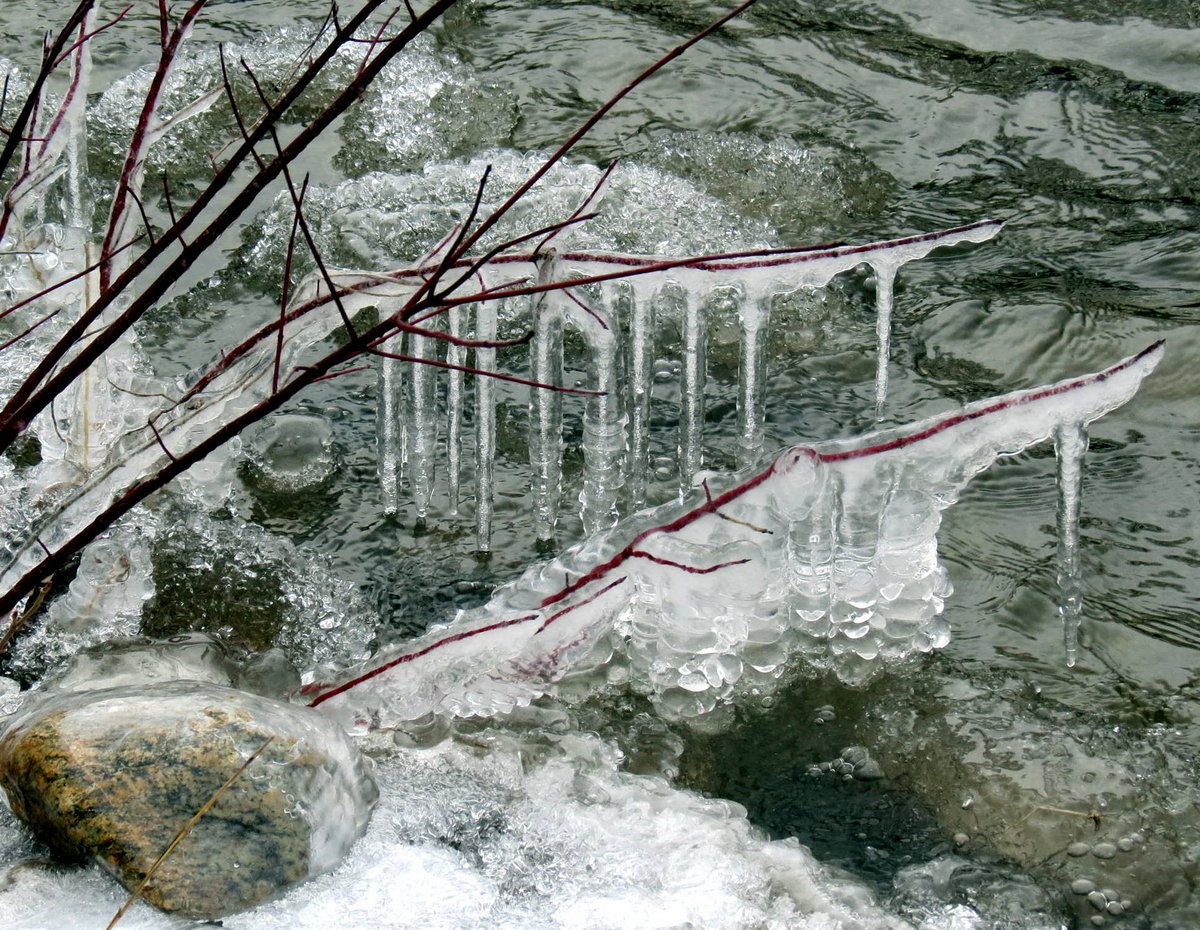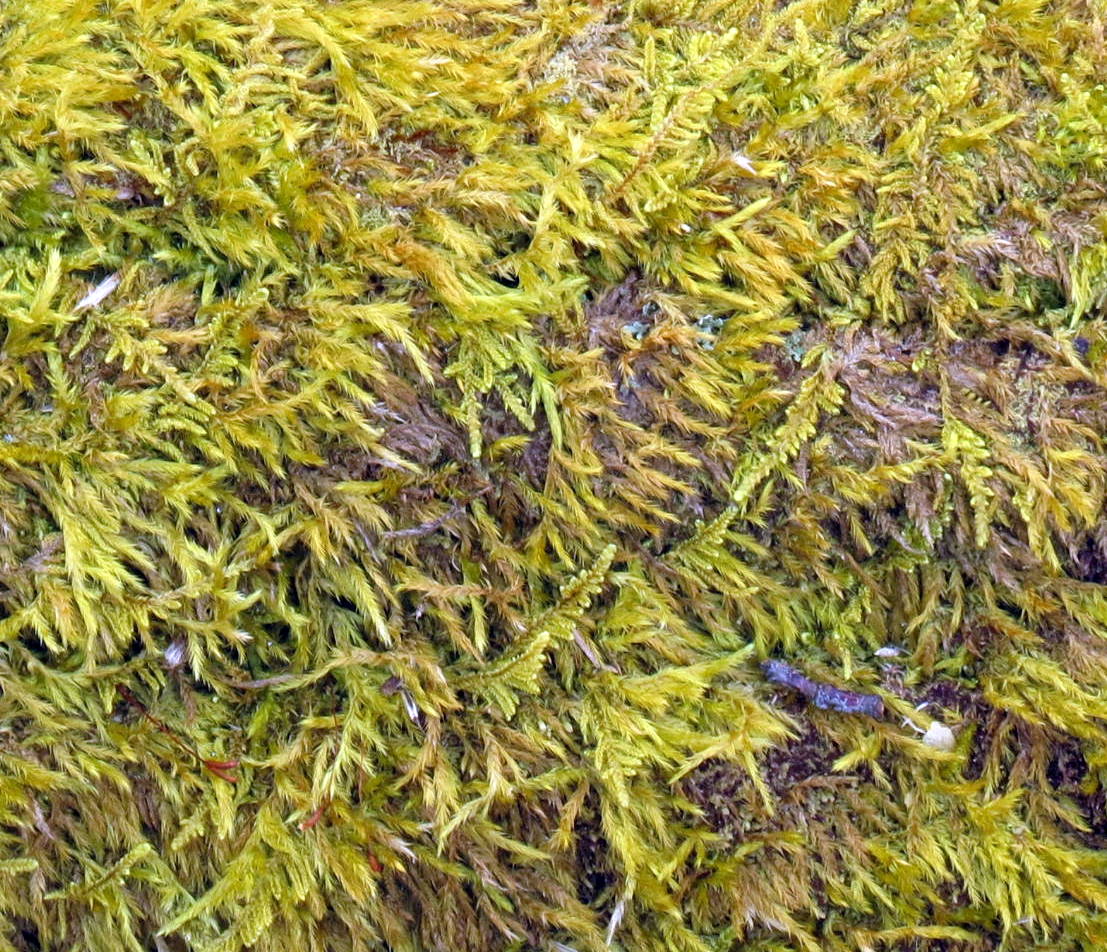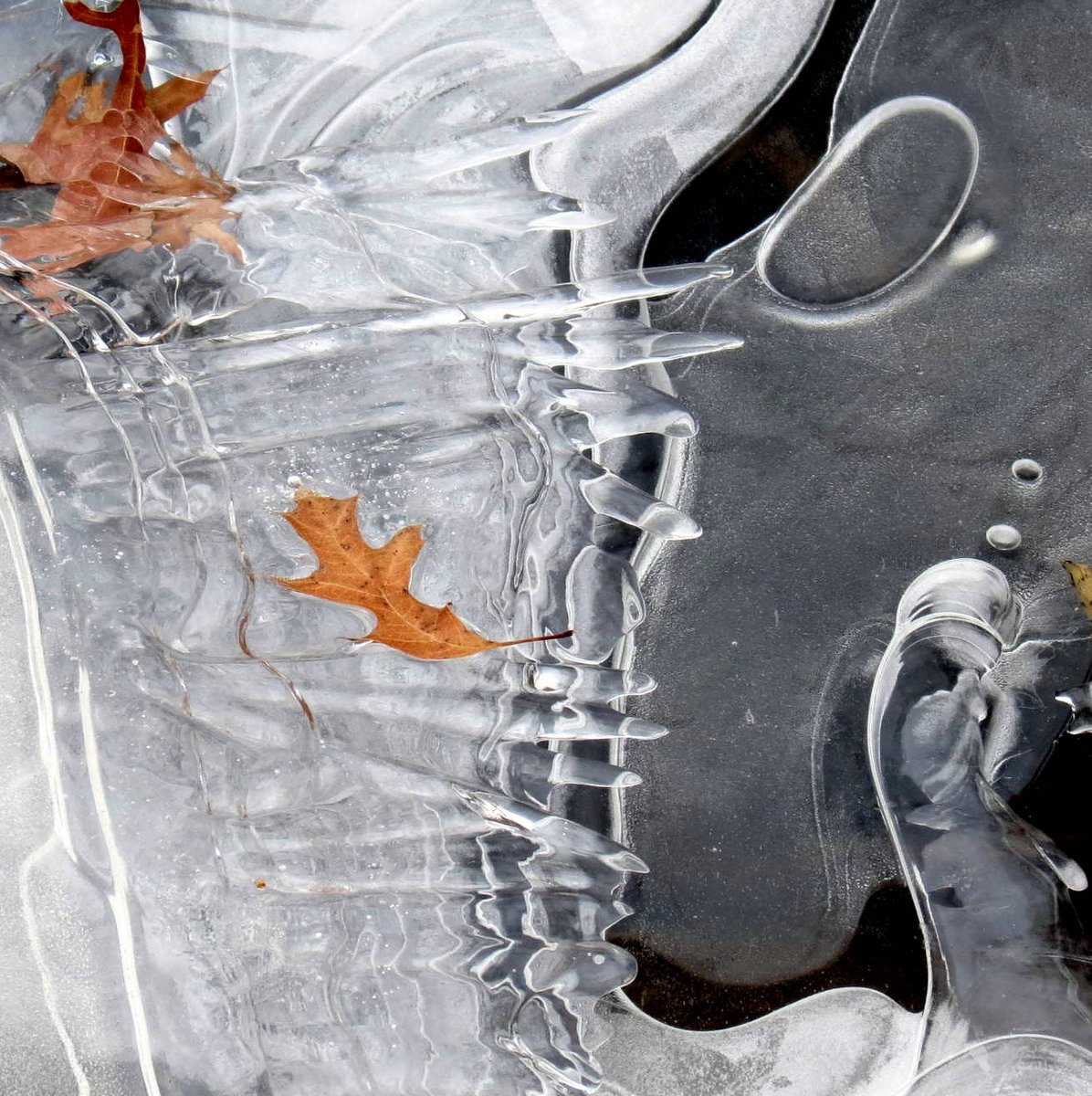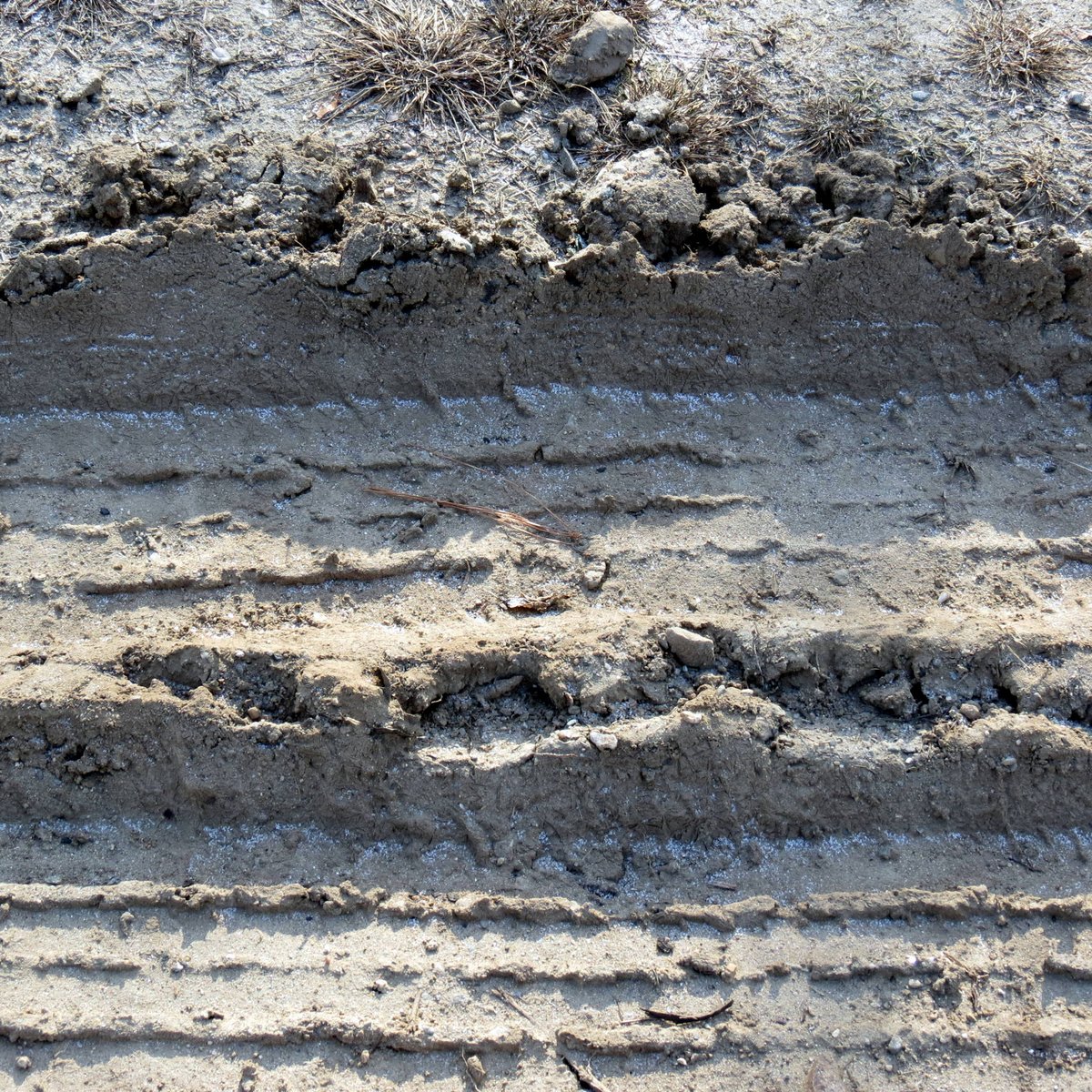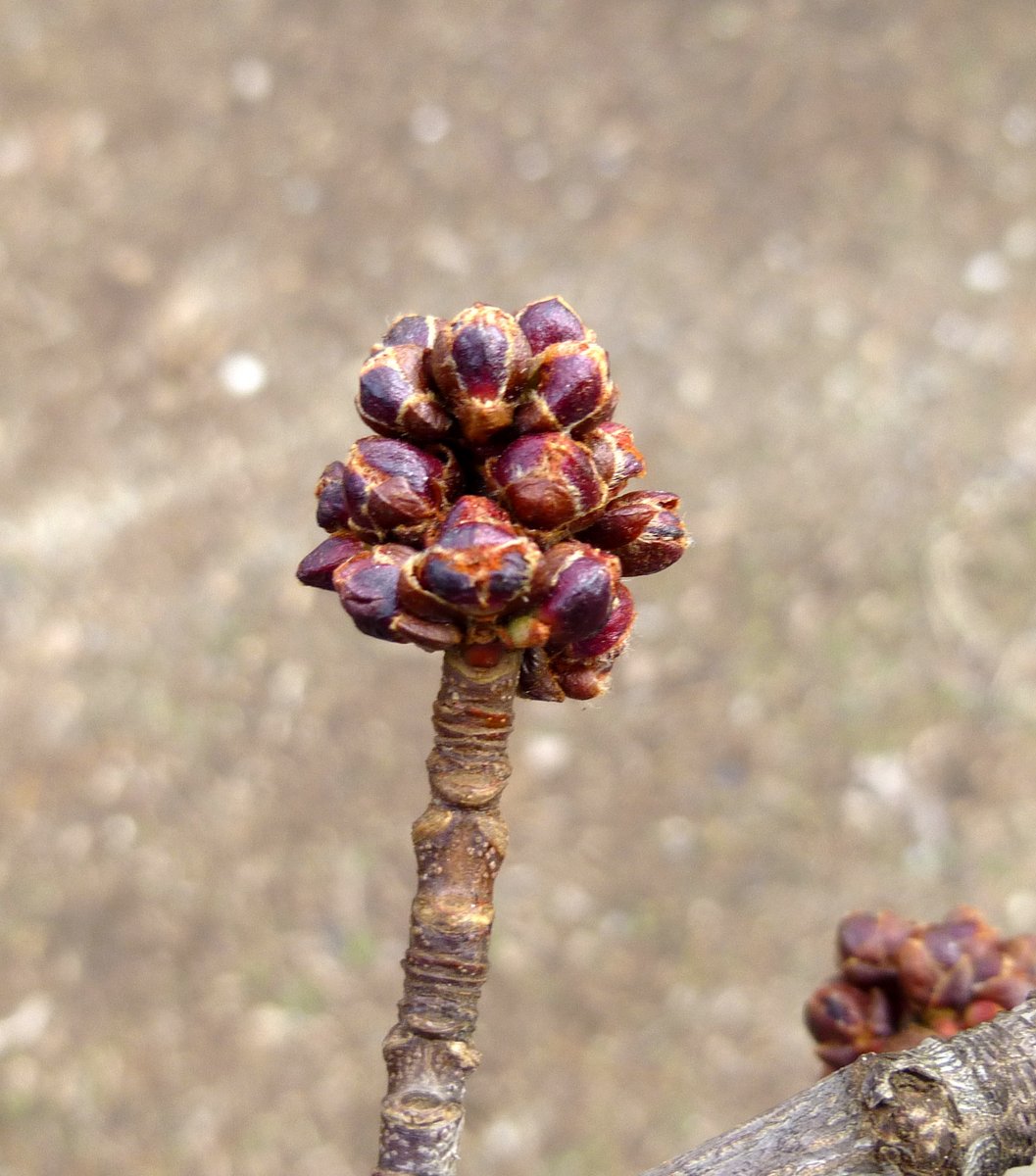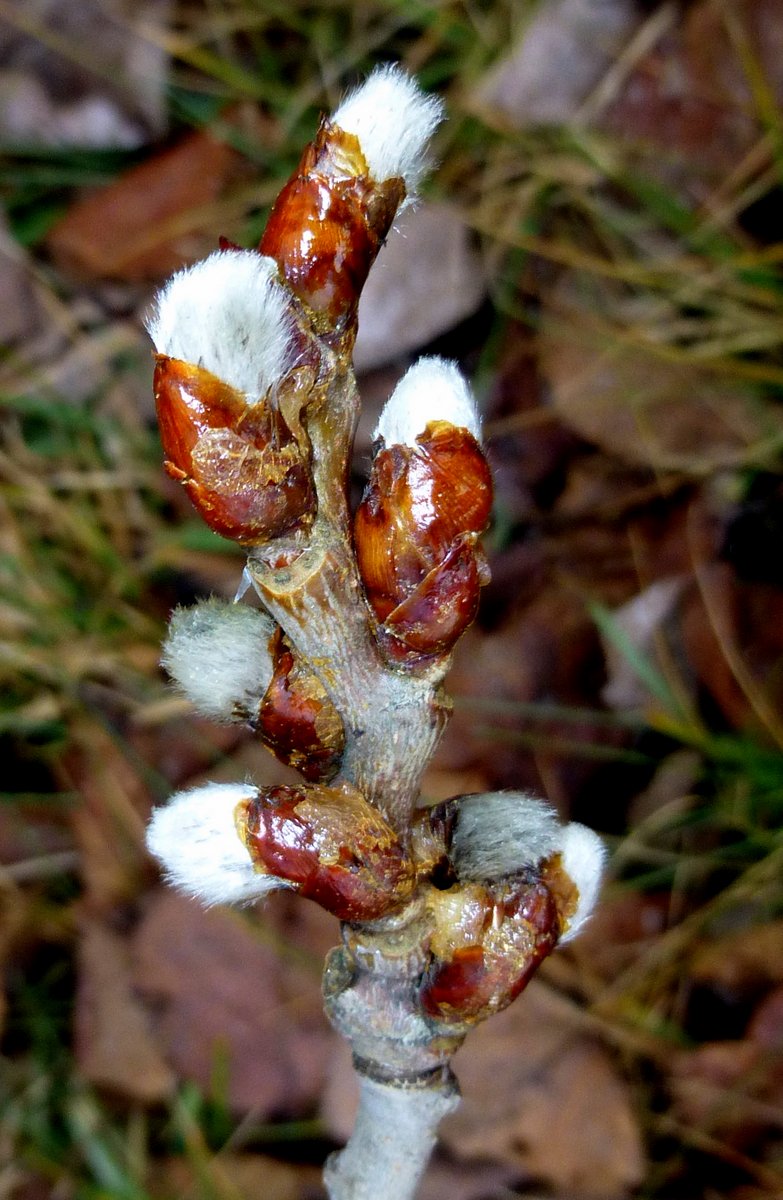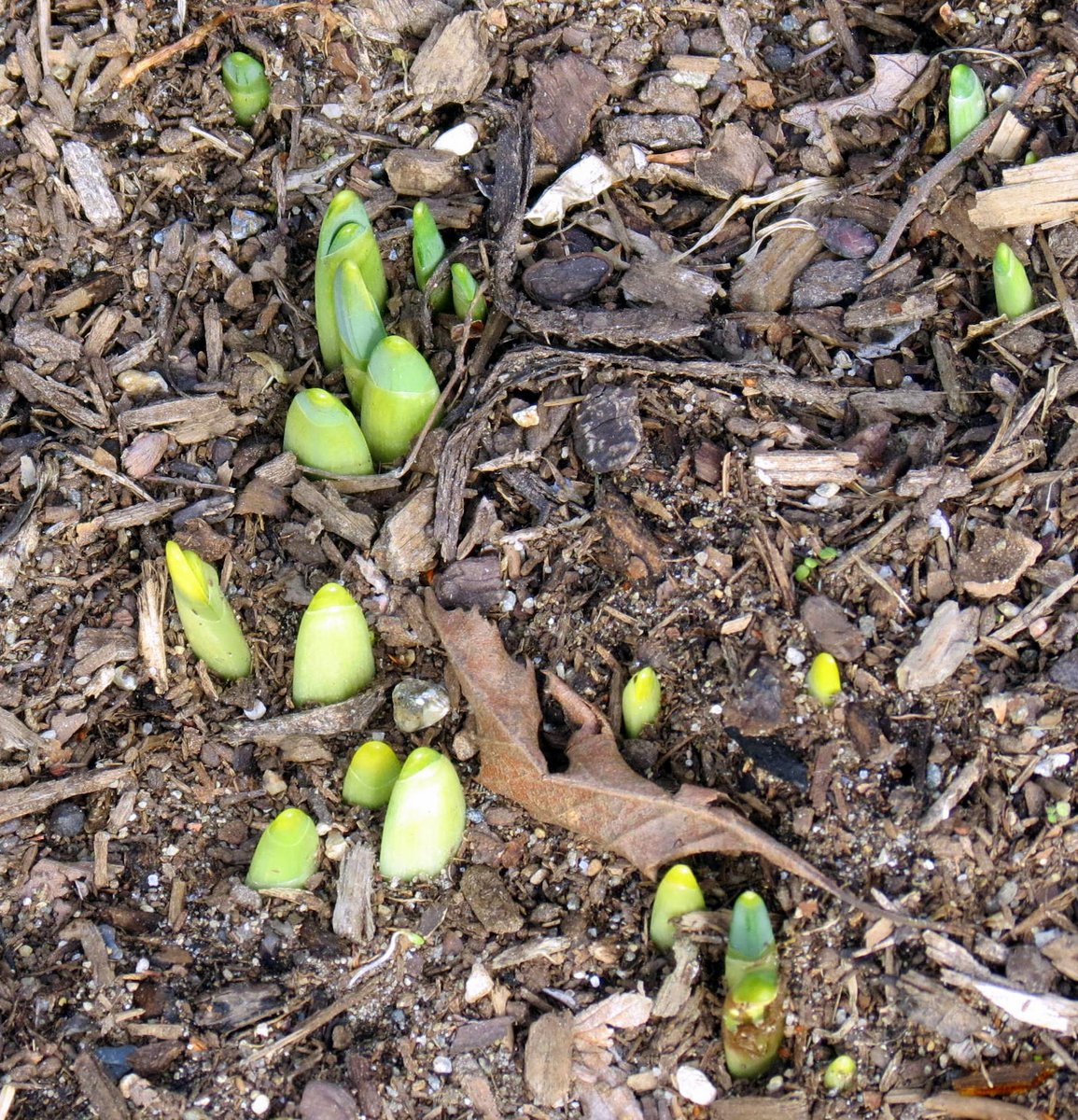From Winchester to the south of Keene to Westmoreland to the north the Cheshire Rail Trail covers about 40 miles, so I’m not surprised that I haven’t hiked the entire thing. One leg I’ve wondered about for quite a while is the piece that goes from Pearl Street in Keene to Whitcomb’s Mill Road. On this day I decided to stop wondering and hike it, and this is what I saw at the outset; a wide, packed gravel trail with street lights and park benches. It was the busiest rail trail I’ve ever been on and this is the only photo I was able to get without people in it. There were hikers, runners, bike riders, dog walkers, elderly couples and small children in strollers, and I wondered what I had done. I’m used to being kind of “right here, right now” when I’m in nature, and there usually is nothing else. When you find yourself continually having to say “hello” or “good morning”, or to explain why you’re taking a photo of an old dead tree, it’s harder to be there.
The trail crosses another one of Keene’s busiest highways and this bridge was built here after a homeless man was killed trying to cross. This bridge reminds me of the other one like it near Keene State College but this one isn’t as sturdy. A jogger ran over it while I was crossing it and the entire thing was bouncing up and down. For someone who doesn’t get on well with heights it was a little disconcerting. Speaking of heights, this is very near the place where I fell out of a tree a fractured my spine some 50 years ago. That thought just happened to pop into my mind when the bridge started bouncing.
It had rained the day before so everything, including this greater celandine (Chelidonium majus), was still damp. On this day we were promised full sunshine and strong winds. The wind prediction kept me out of the forest but we had no wind at all, and no sunshine either.
There were plenty of reminders that this was once a railbed, including this pile of old railroad ties and the drainage channel behind. The railroad took up all the rails and ties and left them in piles all along the rail corridor. My question has always been, if they weren’t going to re-use them why did they remove them?
I wondered what kinds of mosses could grow on creosote soaked rail ties so I looked closer. One of them was one of my favorites, white tipped moss (Hedwigia ciliata). It is also called medusa moss because of the way this moss looks like a bunch of tangled worms when it dries out. This moss is fairly common and I find it mostly growing on stones in sunny spots. It always seems to be very happy and healthy. This example had spore capsules, which I’ve rarely seen on this moss.
A tangle of black raspberry canes made me think of Bob Dylan’s “Tangled Up In Blue”. I was happy to let it play in my mind as I walked on.
Honey mushrooms (Armillarea mellea) once grew on this elm tree and I know that because their long black root like structures called rhizomorphs still clung to the dead tree. Honey mushrooms are parasitic on live wood and grow long cream colored rhizomorphs between the wood and its bark. They darken to brown or black as they age, but by the time we see them the tree has died and its bark is falling off. The fungus is also called armillarea root rot or shoestring root rot. It causes a white pulpy rot in the wood and kills many species of both soft and hardwood trees. Fallen logs and standing dead trees will often still have the black rhizomorphs attached to them.
I’ve never paid attention to the inner bark of an elm tree but I will from now on because it is beautifully colored. This piece brought the thought of Jupiter’s great red spot, the anticyclonic storm that has been raging for hundreds of years on that planet.
Off in the distance there was still some color.
And above me hung crab apples. Though we think the apples we’re eating are native, crab apples are really the only apples native to North America. The apples we know originated in Central Asia, where its wild ancestor, Malus sieversii, is still found today. Apples are thought to be the first cultivated tree and have been grown for thousands of years in Asia and Europe. North American apple cultivation began 1607 in Jamestown, Virginia. Settlers had come prepared with seeds, cuttings, and small plants from the best European stock and the trees grew well here; by the end of the 19th century 14,000 apple varieties were being grown. Many were inferior varieties and for one reason or another fell out of favor and have been lost to the ages. Today 2,500 varieties of apples are grown in the U.S. and 7,500 varieties of apples are grown worldwide.
Thank you to Tim Hensley and the Brooklyn Botanic Garden for the article A Curious Tale: The Apple in North America, for some of the information used here.
Bracken fern made me think of the spines and rib cages of ancient fossilized creatures.
I came to a large field. Since it wasn’t fenced I’m guessing it was a hay field. A strange thing to find out here I thought, even though I was only a stone’s throw from suburbia.
And the Keene Country Club’s golf course proved how close I was to suburbia. I was happy to get out of here without getting whacked by a golf ball. How strange that green looked.
Instead of worrying about stray golf balls I kept my mind on the beauty that surrounded me here on the trail. There was plenty of it.
I saw what I first thought was a dead tree and then I looked up and saw a cross brace and realized it was an old railroad pole that once held the glass insulators that telegraph lines were fixed to. It showed great age and I loved its weathered surface and many knots. I’m guessing it must have been locust because no other wood I know of can stand in the ground for two hundred plus years without rotting. It’s a great choice for fence posts.
Here was a newer concrete marker post. I’ve tried to look up what 93-24 means but I haven’t had any luck.
There was a small homemade bridge crossing the drainage channel and I’d bet if I had crossed it I would have come to a secret hideout. Every child has one.
The other day on my way to work a red fox ran across the road in front of me and this grass reminded me to tell you about it.
The intense red of the inner bark of a staghorn sumac (Rhus typhina) caught my eye. Native Americans used the pulp of the stems and the inner bark to make dye, and after seeing the color I’m not surprised. You have to be quick to find the red color though because it’s only there for a short time right after the tree dies. I’ve read descriptions that say the inner (live) bark is “light green and sweet to chew on,” but no reference to its changing color when it dries, so it is a mystery to me. The plant is said to be rich in tannins and I do know that dyes in colors like salmon and plum can be made from it.
When I was a boy we always carved our names into trees with a pocket knife but as Brittnie shows us, these days it’s done with a marker. Better for the tree I suppose.
From a distance I thought a hawk had gotten a bird but no, the scattered “feathers” were just wet milkweed seeds.
I could sit down and write out a very long list of all the plants and trees one could expect to find along our rail trails but yew wouldn’t be one of them. Canada yew (Taxus canadensis) is native from Newfoundland west to Manitoba, south to Virginia, Tennessee, Illinois, and Iowa, but in this region I rarely see it. Though all parts of the yew plant are poisonous several Native American tribes made tea from the needles to ease everything from numbness to scurvy. A man in England died not too long ago from eating yew, so I wouldn’t advise trying to make tea from it. Natives knew how to treat poisonous plants in ways that made them beneficial to humans, but much of that knowledge has been lost.
Well, this was an interesting hike on a very well maintained trail but it was a bit too busy for my liking, so I doubt it will be a regular in my book of hiking spots. In fact at times it seemed as if I might have been hiking in downtown Keene. I enjoy less traveled trails where solitude is one of the most precious things to be found because, as Marty Rubin once said: “Solitude is where one discovers one is not alone.”
It is very important to go out alone, to sit under a tree—not with a book, not with a companion, but by yourself—and observe the falling of a leaf, hear the lapping of the water, the fishermen’s song, watch the flight of a bird, and of your own thoughts as they chase each other across the space of your mind. If you are able to be alone and watch these things, then you will discover extraordinary riches which no government can tax, no human agency can corrupt, and which can never be destroyed. ~ Jiddu Krishnamurti
Thanks for coming by.


































































































































